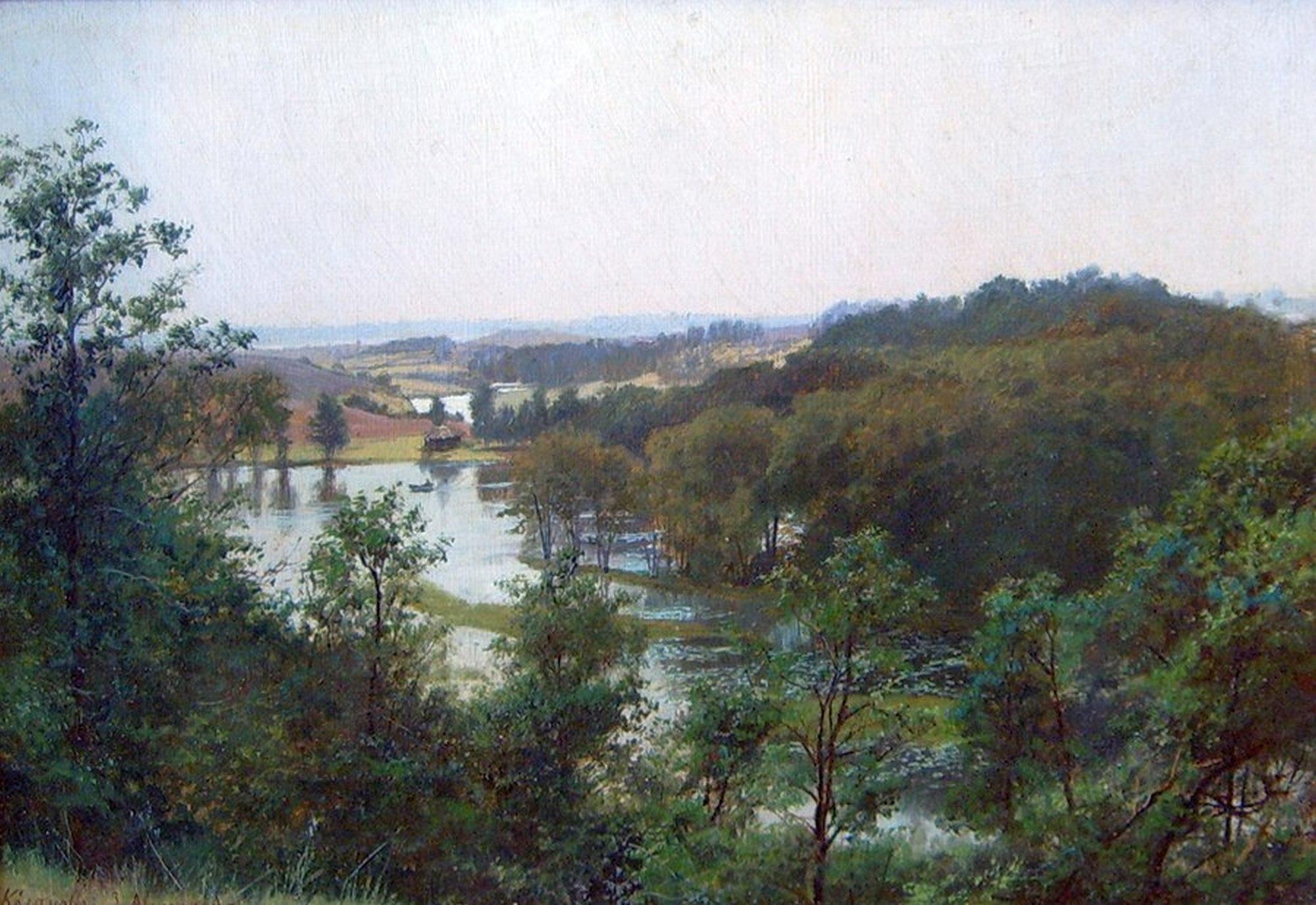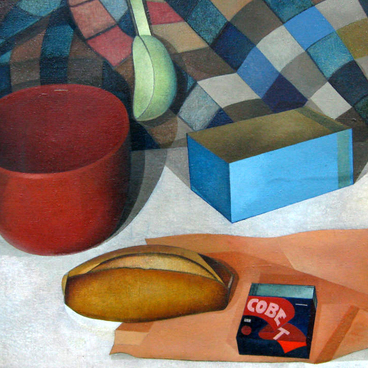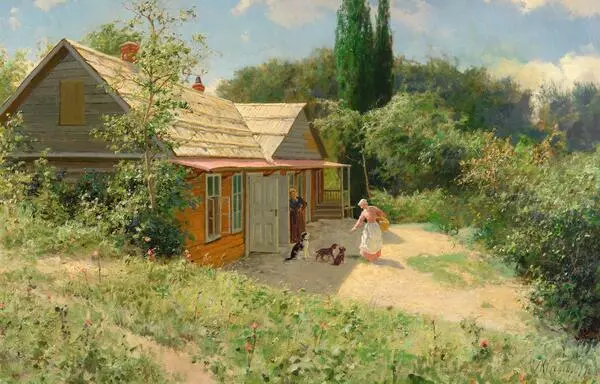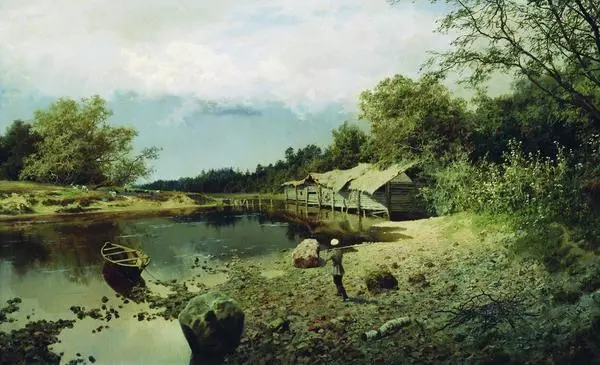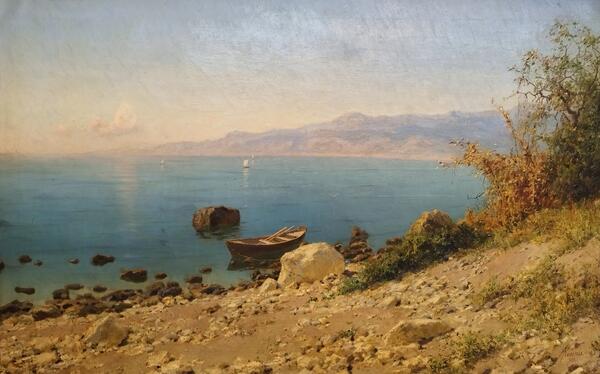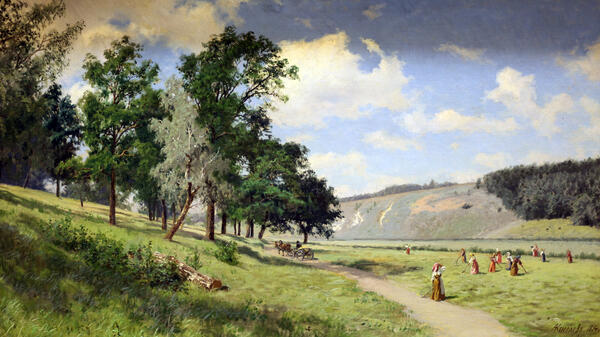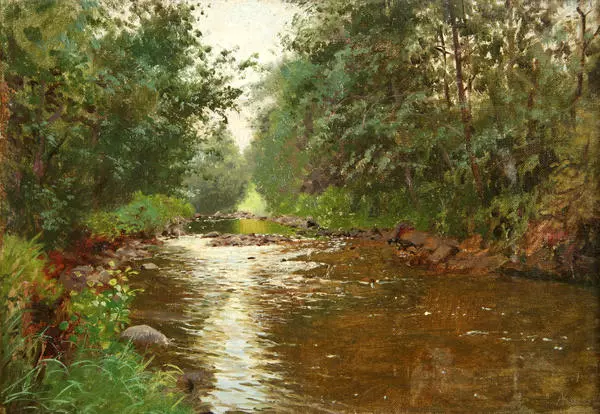Alexander Kiselev — a representative of the realistic school of painting — did not immediately decide to become an artist. At first he was brought up in cadet classes, and at the age of 20 he decided to enroll in the History and Philology Department of the Imperial St. Petersburg University. From where in 1861, during the temporary closure of the school due to student unrest, he decided to go to the Imperial Academy of Arts as an external student.
Kiselev became an official student of the main art school of the capital at the age of 24. His teacher was a painter Socrat Vorobiev — the son of another famous artist, who brought up more than one generation of landscape artists.
In Kiselev’s painting you can feel the influence of Romanticism. His landscapes leave a joyful and light impression, in contrast with the lyrical mood of the works of artists representing the so-called Critical realism.
Kiselev became an official student of the main art school of the capital at the age of 24. His teacher was a painter Socrat Vorobiev — the son of another famous artist, who brought up more than one generation of landscape artists.
In Kiselev’s painting you can feel the influence of Romanticism. His landscapes leave a joyful and light impression, in contrast with the lyrical mood of the works of artists representing the so-called Critical realism.
Kiselev himself was no stranger to the ideas of civil painting, imbued with sympathy for the hard life of an ordinary man — a city worker or a peasant. He actively participated in the exhibitions of the Association of Traveling Art Exhibitions, the ideological basis of which was the public education. He was a member of the association since 1876. Since joining the association, he had participated annually in exhibitions of the association.
